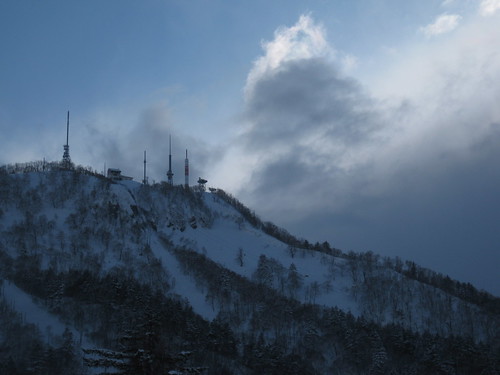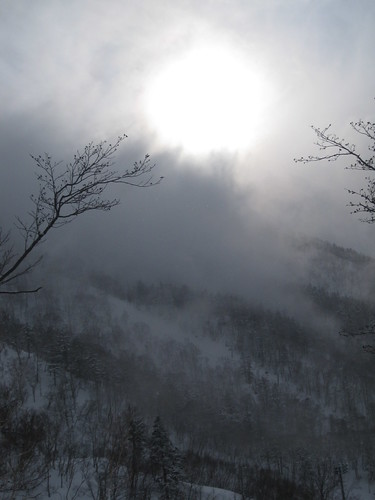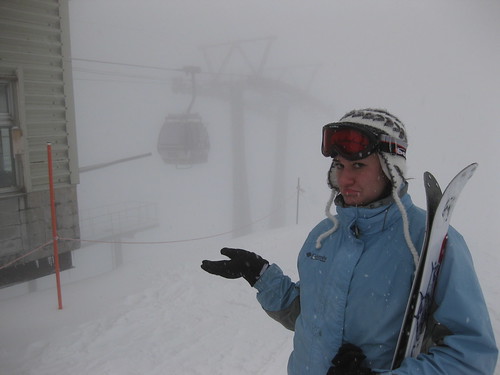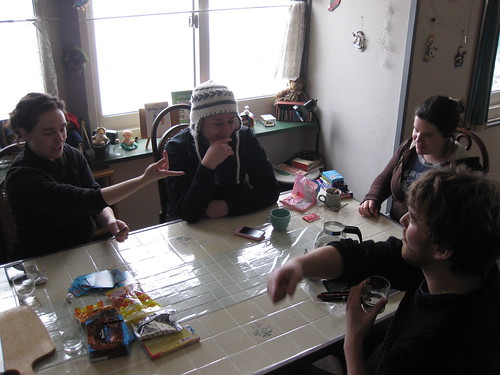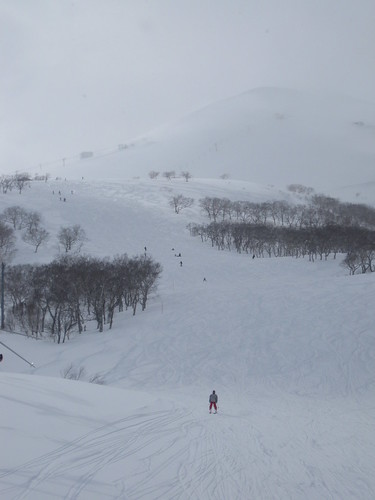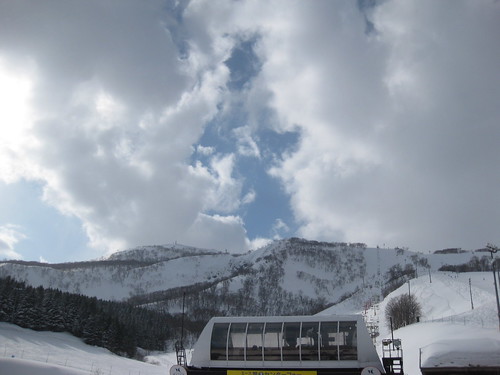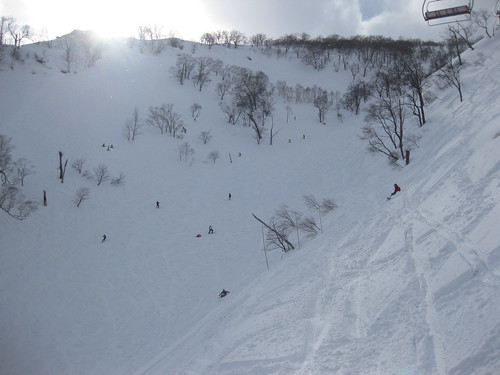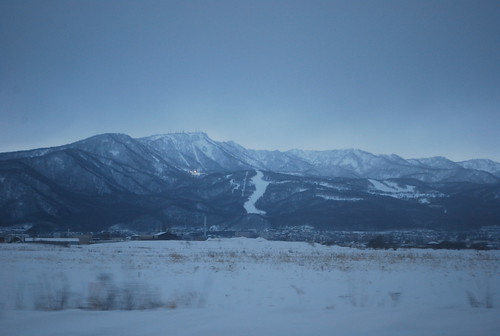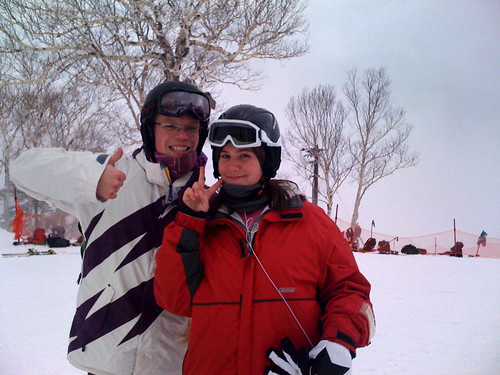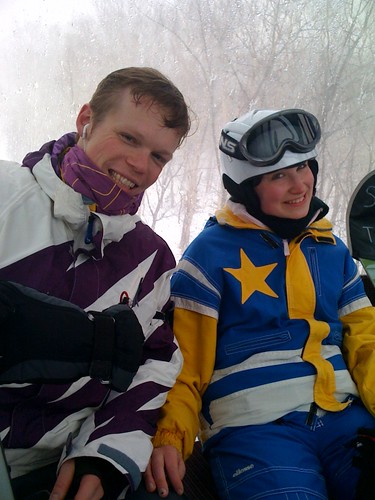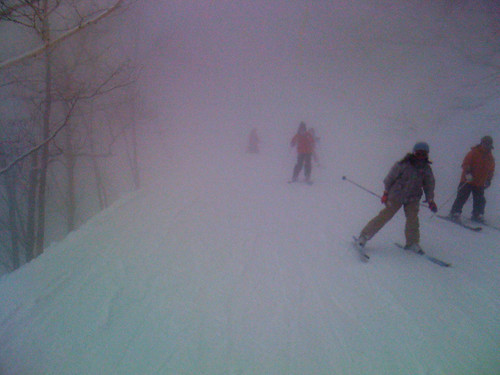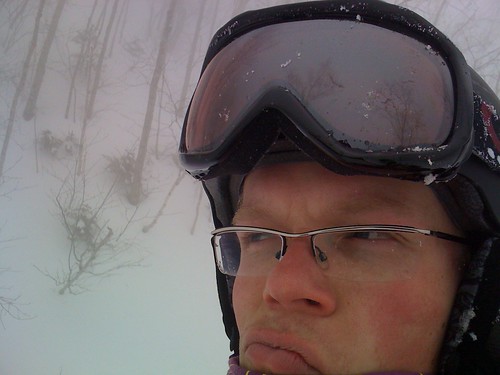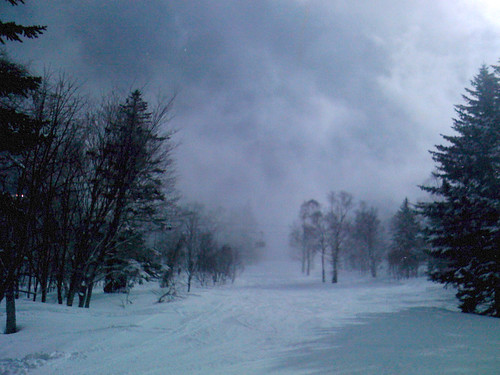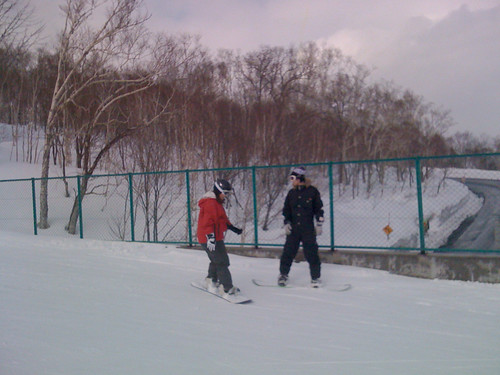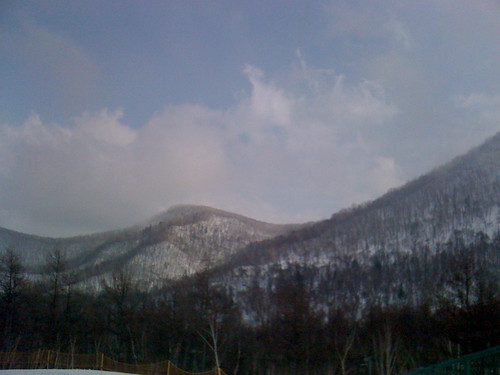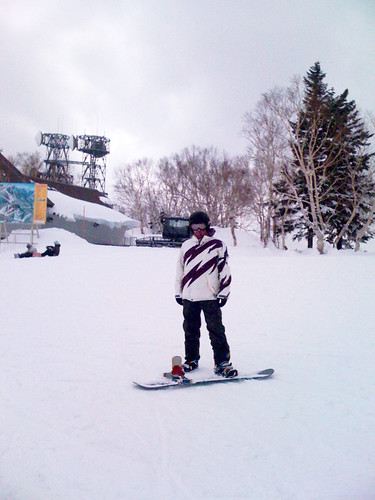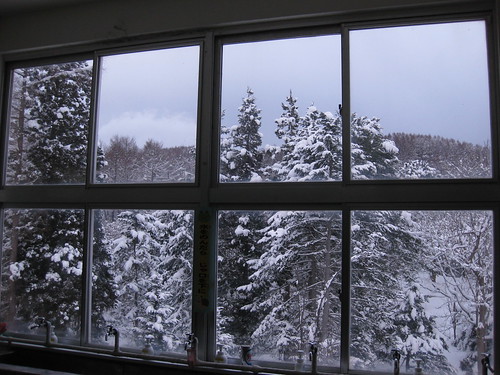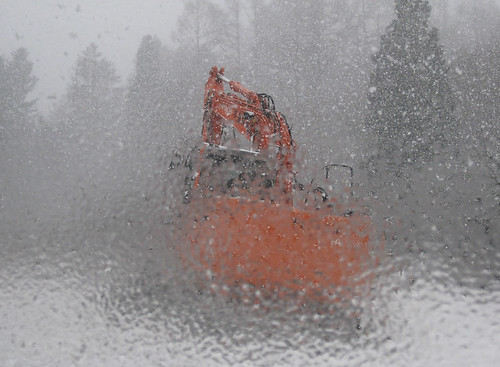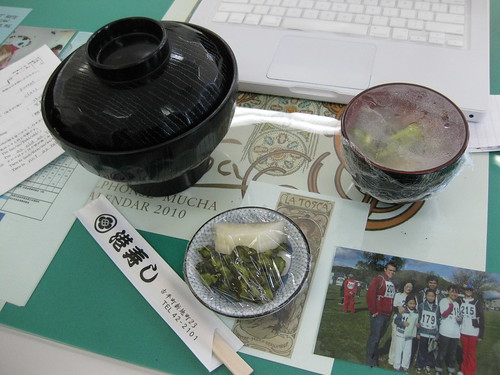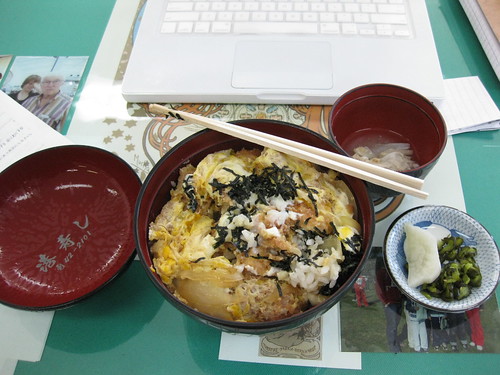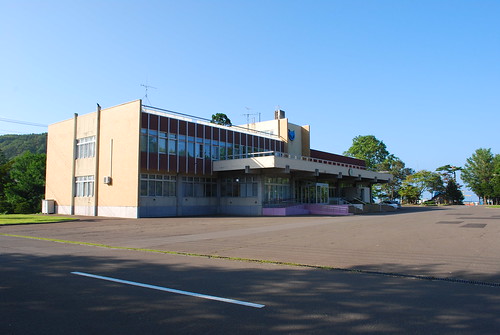
Right now in Japan we’re between school years. Just as a September to June school year seems like blasphemy to the Japanese, I’m sure you western kids will be surprised to hear that the school year in Japan starts in April and ends in March. It’s a weird thing until you wind up in Japan in March, and you see that it’s the perfect time for a year to end and April is the perfect time for a new year to commence. The days start to get longer and you remember what the sun was like as the snows of Hokkaido finally slow, allowing the massive drifts on the ground to begin to break up and melt. In other, more southerly parts of Japan, this is cherry blossom season, and those flowers become deeply woven into the graduation ceremonies of March.
And though schools close for about a week and a half between the ending of one school year and the starting of the next, all of us ALTs are still expected to be on the job.
In Japan, unlike in Canada, teachers and students don’t share the same holidays. When school is out for the students, the teachers and Board of Education staff are still expected to be sitting at their desks, dutifully working away at preparations for when classes resume. If teachers want to be off during these breaks, they need to schedule paid vacation days, or nenkyu. As the majority of us ALTs don’t get anywhere near as much nenkyu as the teachers do, we wind up with Board of Education Days: hours spent sitting in our Board of Education offices in town halls or cultural halls, trying to fend off boredom by studying Japanese or preparing materials for classes or obsessively checking our email. A lot of other ALTs seem to loathe these days, but I must say I don’t much mind them.
That’s because my town uncles come in to visit on Board of Education Days. There is Shinkai-Sensei, my kendo instructor, who sometimes rolls in to go over complicated branching hierarchies of kendo styles and strikes, and other times to discuss the finer points of a healthy Japanese diet. And there is Aami-San, who’s name, I must confess, I don’t actually know. I’ve taken to referring to him by the noun he first associated with himself: pointing to his nose in that Japanese way and saying the Japanification of “Army.” Between his militant English vocabulary and my anarchic Japanese, we have conversations about fishing and white water rafting and his years in the service. Or at least I think that’s what they’re about as my imagination tends to flow into the gaps in understanding, colouring the exchanges in ways that could be miles from their actual meaning.
Also, I get to go home for lunch on Board of Education Days. On my way in the door, I often find postcards from Tokyo or letters from Aomori or distinctive other treasures from all of you back home. For lunch, I do my best to be a good little Nihon-jin: supping on miso soup and flavoured rice and Japanese pickles. For all of the convenience of the provided school lunches (kyoshoku) I receive on other days, there is something simple and fulfilling in being able to make my own lunches on these days. And when I finish my very Japanese lunches, I jump onto skype and sometimes I talk to you at odd hours of the night where you are. When it comes time to return to work, it never seems like that much of a chore as the very short walk back to the bunka kaikan always seems to be particularly sunny and glorious.
Everything just seems to be light-hearted and chilled-out on Board of Education Days. People roll in and out of the office, and my wacky BOE coworkers joke with them, and they joke with me. When they use Japanese I can understand, we all laugh together. And when they use Japanese I can’t fathom I smile along, too, simply because these people would be just as entertaining in Urdu. We share tasty omiyage, and we share goofy photos, and ムんムんさん and むらかみさん tell me about how they’re going to be my chaperones with Heather because we can’t have any rabu rabu going on as that would be dame.
In the end, the days spent being Bored of Education wind up being just as welcome and necessary as the days spent having elementary students climb all over me, and I find myself not minding their slower rhythm in the least

